Ergonomics plays a significant role in office furniture selection. Chairs that provide proper lumbar support and desks at the right height can prevent discomfort and health issues associated with prolonged sitting. Investing in ergonomic furniture can lead to increased productivity as employees experience less fatigue and discomfort throughout the day. Height-adjustable desks are particularly popular, allowing users to alternate between sitting and standing, promoting better posture and overall health.
The layout of the office is another important consideration when selecting furniture. Open-plan offices benefit from modular furniture that can be easily rearranged to accommodate different team sizes and project needs. Collaborative spaces equipped with comfortable seating and communal tables encourage teamwork and communication among employees. Thoughtful placement of furniture can create a flow that enhances collaboration while also providing quiet areas for focused work.
Storage solutions are essential in maintaining an organized workspace. Desks with built-in drawers or filing cabinets can help keep essential documents and supplies within reach while minimizing clutter. Choosing storage that complements the overall design of the office can contribute to a cohesive look. A well-organized office not only improves efficiency but also reduces stress, allowing employees to concentrate on their tasks.
Aesthetics should not be overlooked when selecting office furniture. The colors, materials, and styles of the furniture can influence the mood of the workspace. Warm colors and natural materials can create an inviting atmosphere, while sleek, modern designs can convey professionalism. Choosing furniture that aligns with the company’s branding can enhance the overall identity of the organization, making a strong impression on clients and visitors.
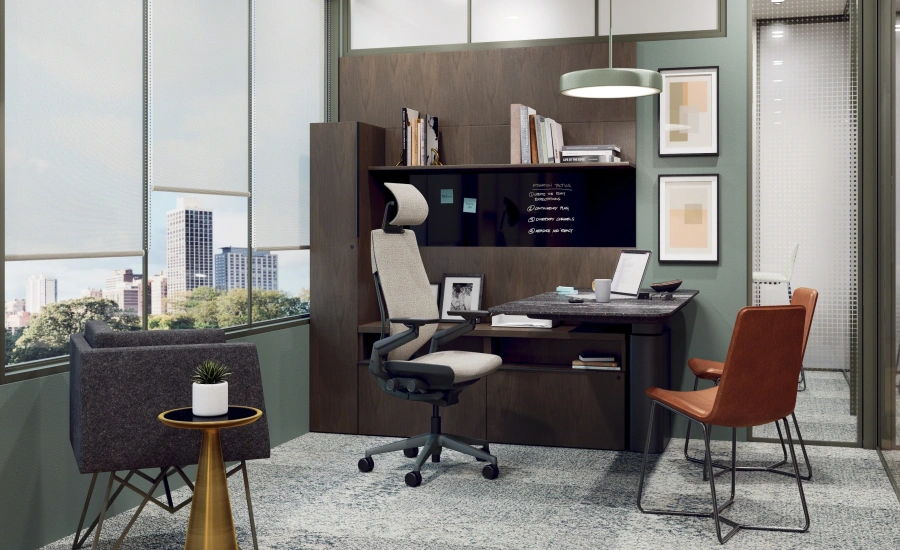
Sustainability is an increasingly important factor in furniture selection. Many companies are now opting for eco-friendly materials and practices, reflecting a commitment to environmental responsibility. Furniture made from recycled materials or sustainably sourced wood can contribute to a greener office. This not only supports the planet but also resonates with employees who value sustainability, fostering a sense of pride in their workplace.
High-quality pieces may require a larger initial investment, but their durability can lead to long-term savings. Evaluating the total cost of ownership, including maintenance and replacement, can help in making informed decisions. Exploring options such as leasing or purchasing gently used furniture can also provide cost-effective solutions without compromising quality.
Desks with integrated charging stations or furniture designed to accommodate multiple screens can enhance functionality and improve workflow. As remote work becomes more prevalent, investing in furniture that supports hybrid work environments is essential. Flexibility in furniture design allows for adaptations to changing work styles, ensuring that the office remains relevant and effective.
Selecting the right office furniture is a multifaceted process that requires careful consideration of ergonomics, layout, aesthetics, sustainability, and budget. A well-designed office can significantly impact employee satisfaction and productivity, making it an essential aspect of any successful business strategy. By prioritizing thoughtful furniture choices, companies can create an environment that fosters innovation and collaboration while supporting the well-being of their employees.

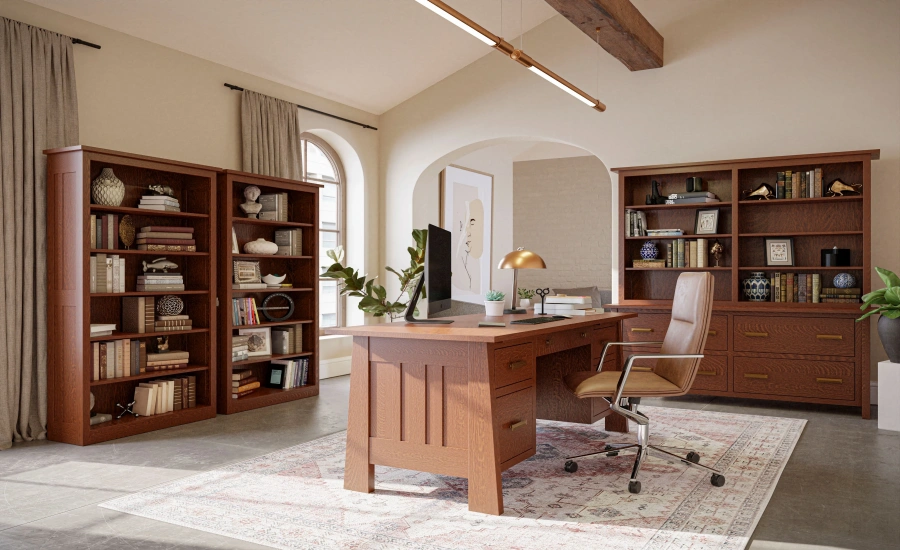
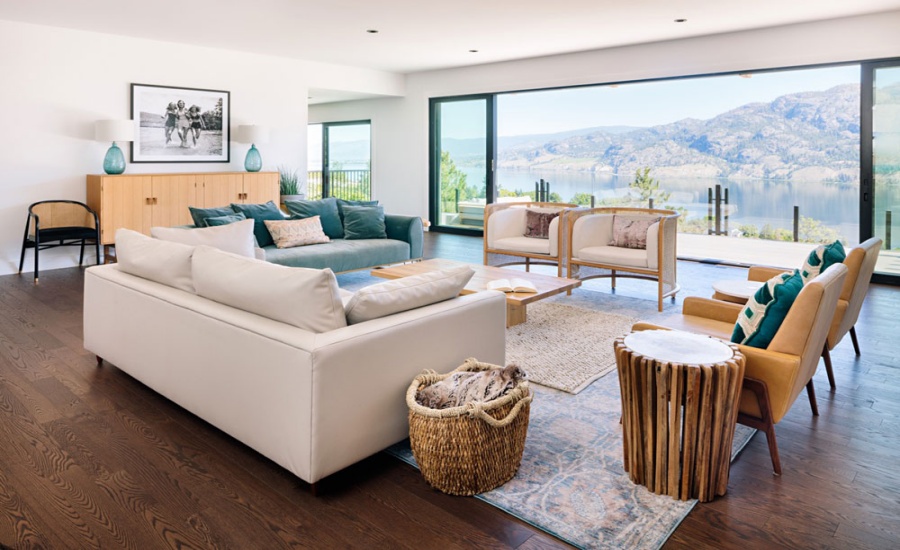

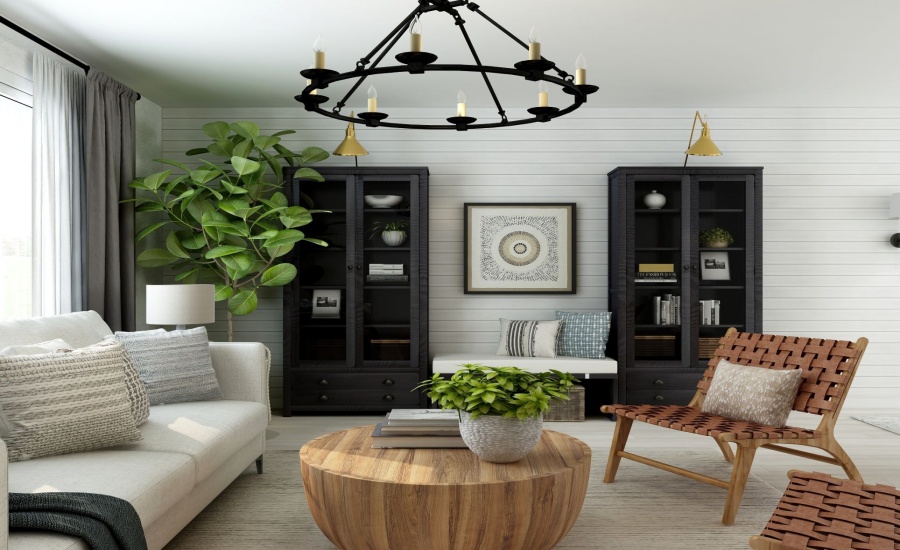

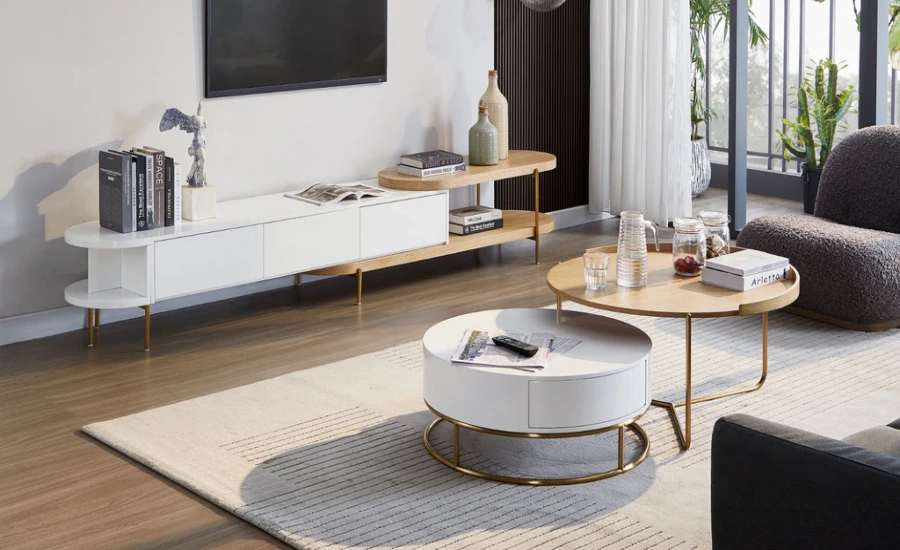

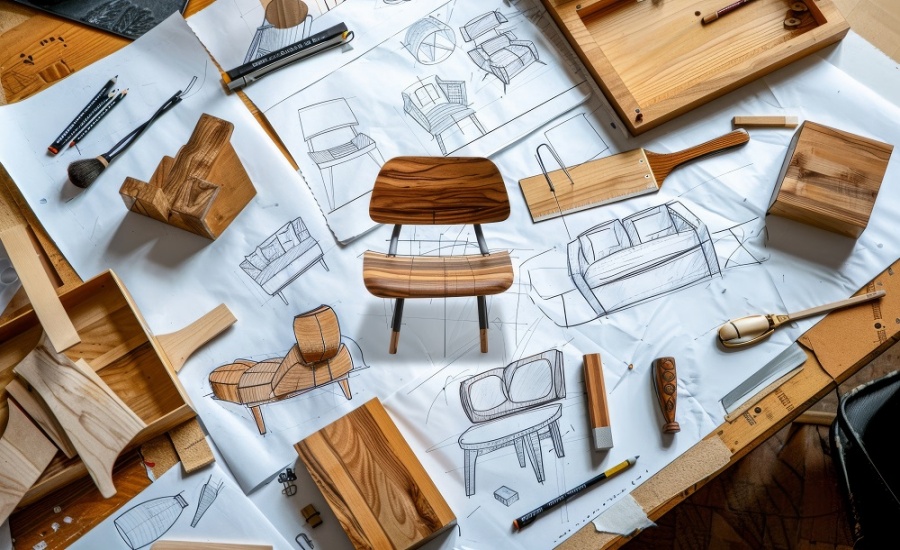
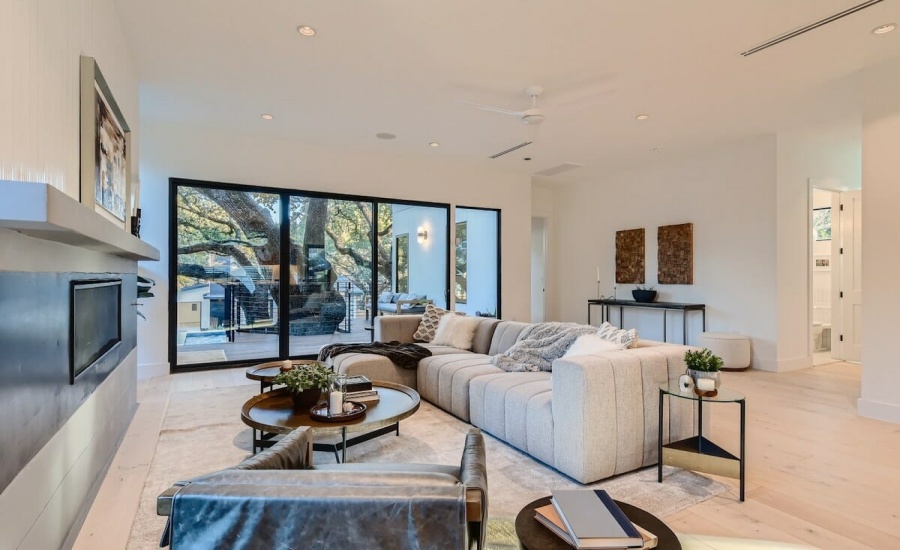


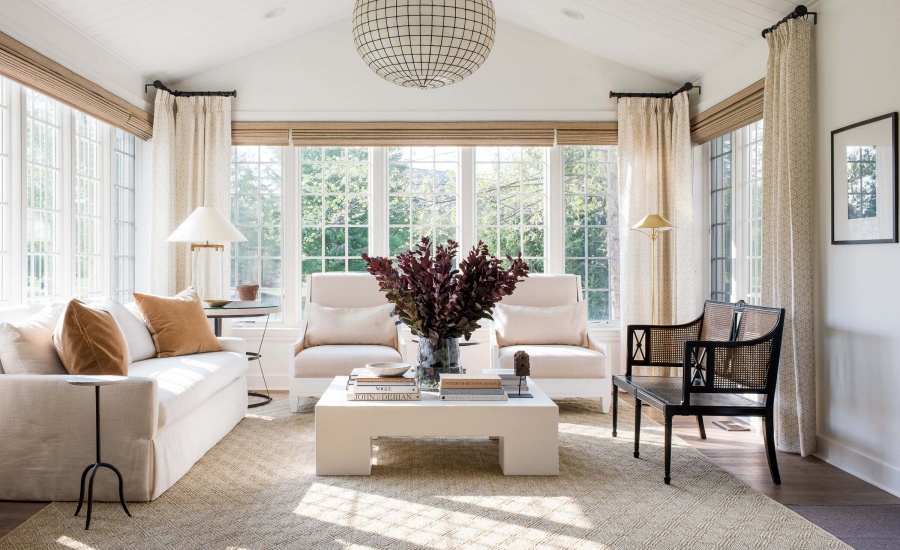

Leave a Reply